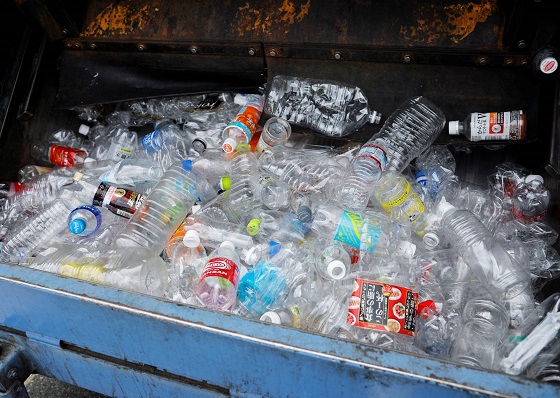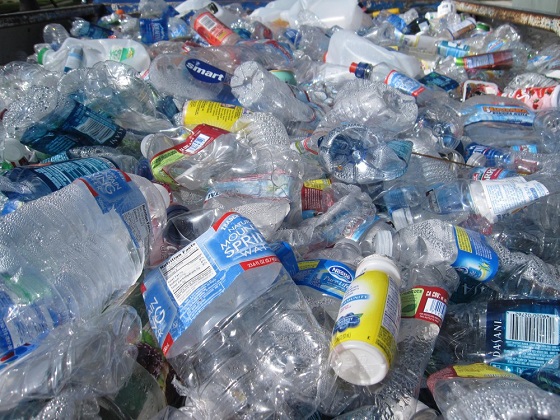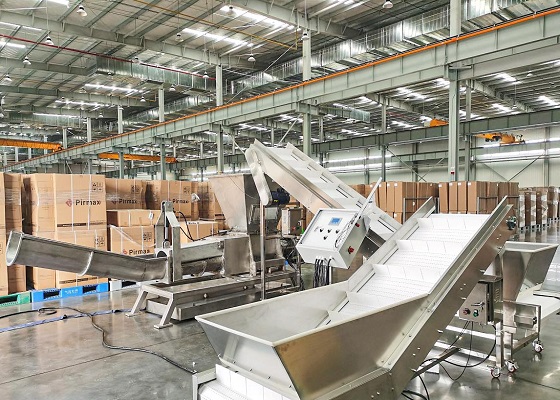The PET Dewatering Compactor is the first step in recycling PET bottles
Sustainability and resource reuse are hot topics across industries, with everyone looking for innovative solutions to reduce negative impact on the environment. Among them, the recycling and reuse of plastic bottles has always been a topic of concern. The PET dewatering compactor became the basis of everything for the reuse of PET materials.
Traditional plastic bottle recycling is often faced with a problem, that is, the retention of residual liquid in the bottle. These residual liquids will not only increase the complexity of subsequent treatment, but may also lead to sewage pollution. The emergence of PET dewatering machine can completely solve this problem, and the waste PET bottle can be treated more cleanlyand efficiently, reducing the risk of environmental pollution.

The working principle of the dewatering compactor for PET bottle is to completely eliminate the residual liquid in the PET bottle through the extrusion of the machine, so that the inside and outside surfaces of the bottle are dry and ready for the subsequent recycling and processing work. The development of this technology not only takes into account the issues of efficiency and cost, but also focuses on environmental protection and sustainability.
Dry PET bottles are more likely to be reprocessed into new products, such as recycled PET fibers, recycled PET sheets, etc. Compared to discarded PET bottles containing residual liquid, these clean PET materials are more competitive in the market and more environmentally friendly. Therefore, the use of dewatering compactor not only helps to reduce raw material costs, but also improves the quality and utilization of recycled materials.

What economic output can PET beverage bottles have when they are recycled?
Recycled PET fiber: After the recycled PET bottle is treated, it can be used to make recycled PET fiber for the production of various textiles, such as clothing, blankets, bedding, etc. These recycled PET fibers have excellent strength and wear resistance, while also helping to reduce the need for native polyester fibers and reduce resource consumption.
Recycled PET sheets: PET bottles can also be converted into recycled PET sheets through melt processing technology for the manufacture of various plastic products, such as bottles, boxes, packaging boxes, etc. These recycled PET sheets have similar properties and qualities to original PET materials, while also having environmental benefits.

PET bottle recycled pellets: After PET bottles are broken, cleaned and processed, they can be processed into recycled PET pellets for injection molding, blow molding and other processes to manufacture various plastic products, such as bottles, containers, packaging materials, etc. These recycled PET pellets usually have a certain recovery rate, which can reduce production costs, while also helping to reduce waste emissions.
The popularization and application of PET dewatering compactor will also promote the development of circular economy model. Under the concept of circular economy, the utilization and reuse of resources is the key to achieve sustainable development. By combining the dewatering compactor with other recycling technologies, a closed-loop recycling system can be built to transform waste PET bottles into new useful products, achieve effective reuse of resources, reduce dependence on natural resources, and reduce the load on the environment.
PET recycling materials have a stable use path at present, and there are mature programs. Therefore, there is no need to worry about the return on investment of a dehydrator, and the PET drink bottle dehydrator, as an innovative environmental protection technology, provides new ideas and ways to solve the problems in the recycling of plastic bottles.
